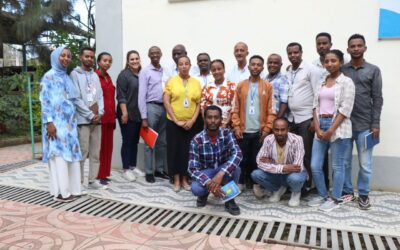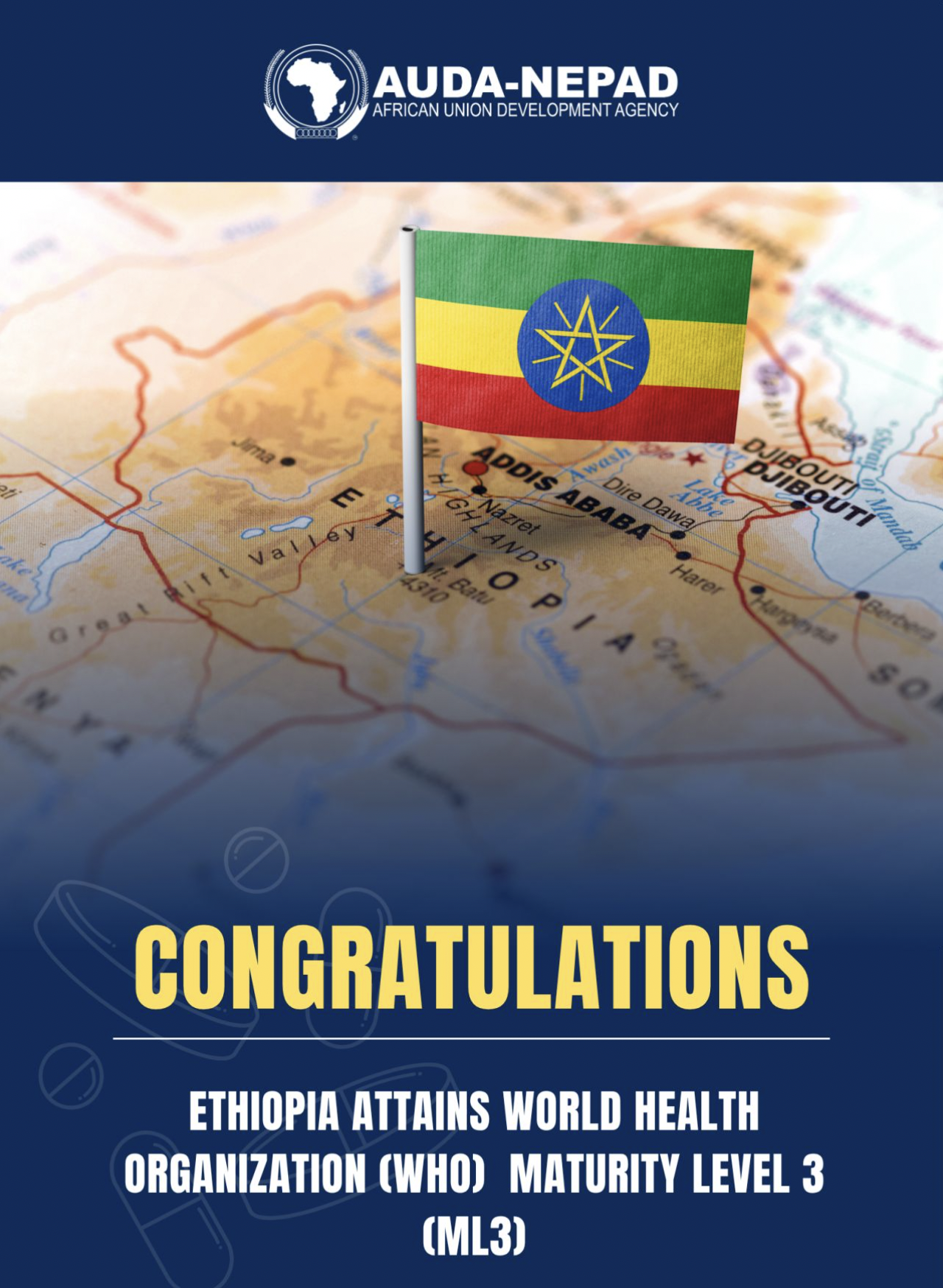Female genital mutilation (FGM) is defined by the World Health Organization (WHO) as ‘all procedures which intentionally alter or damage the external female genitalia organs for non-medical reasons and which have no benefit for the health of young girls and women.’ The WHO has clearly identified the practice as a violation of the human rights of women and girls.
FGM is primarily classified into four types:
- Type I: Partial or total removal of the clitoris and/or the prepuce (clitoridectomy).
- Type II: Partial or total removal of the clitoris and the labia minora, with or without excision of the labia majora (excision).
- Type III: Narrowing of the vaginal opening by cutting and repositioning the labia minora and/or the labia majora, with or without excision of the clitoris (infibulation).
- Type IV: All other harmful procedures to the female genital organs for non-therapeutic purposes, including pricking, piercing, incising, scarification, and cauterisation.
To address certain ambiguities, additional sub-classifications have been created for greater clarity. According to a 2016 UNICEF report, approximately 90% of FGM cases involve either Type I (mainly clitoridectomy), Type II (excision), or Type IV (‘nicking’, where no flesh is removed), while around 10% (over 8 million women) have undergone Type III (infibulation).
Importantly, FGM is not rooted in religious doctrine but rather in cultural traditions. It is a societal phenomenon associated with norms relating to virginity, marriage ability, initiation ceremonies, identity, conjugal fidelity, honour, and fertility. The practice is not generally performed with malicious intent but is often regarded as a purification ritual or a rite of passage into womanhood. For this reason, discussions around FGM must adopt a non-judgmental yet supportive and culturally sensitive approach.
A Global Concern
It is estimated that more than 200 million girls and women worldwide have undergone some form of FGM, typically before the age of 15 year, and sometimes even in infancy. An additional 63 million girls are projected to undergo FGM by 2050, making it a persistent global concern. Globally, a girl is subjected to FGM approximately every 16 seconds.
FGM has been reported in over 30 countries, predominantly in Africa, the Middle East and Asia (WHO 2023). However, due to increasing global migration, FGM may be encountered in patients and decedents in any part of the world. In the United Kingdom alone, it is estimated that 279,500 women and girls are living with the consequences of FGM, with over 22,000 girls under the age of 16 considered at risk.
The highest prevalence rates among women aged 15-49 years have been recorded in Somalia (98%), Guinea (96%), Djibouti (93%), and Egypt (91%). Nevertheless, prevalence is declining in countries such as Kenya, Burkina Faso, and Ethiopia. In contrast, the practice is relatively rare in some nations, such as Uganda and Cameroon, where it affects approximately 1% of women and girls.
Side Effects and Complications
FGM has no medical benefit and is associated with a range of physical and psychological complications, the severity of which correlates with the extent of tissue damage.
i. Short-term effects
Immediate complications include intense pain, swelling, and bleeding. Haemorrhage may be exacerbated by pre-existing conditions such as anaemia or clotting disorders and, if severe, can lead to shock or death (although accurate data on mortality rates are limited). Bacterial infections may lead to abscesses or necrotising fasciitis, while systemic infections such as tetanus may also occur. Damage to surrounding genital tissue can result in urinary retention, urethral strictures, urogenital fistulae, ulcers, and delayed wound healing.
ii. Intermediate-term effects
These may include chronic vaginal discharge, recurring infections, abscesses, cysts, voiding dysfunction, and urinary tract or renal infections. Gynaecological issues can include painful menstruation (dysmenorrhoea) and haematocolpos (accumulation of menstrual blood due to obstruction). Scar tissue and keloids may cause considerable pain during intercourse and complications during vaginal childbirth delivery, including increased rates of perineal tears, episiotomy, and Caesarean section. Obstructed labour can also occur, increasing the risk of maternal haemorrhage and deleterious effects on infants. Women who have undergone FGM are at a three- to fourfold increased risk of stillbirth or early neonatal death, and twice the risk of maternal death.
iii. Long-term effects
Long term consequences include epidermal cysts, vaginal stenosis due to scarring, infertility from pelvic inflammatory disease or chronic obstruction, and recurrent urinary tract infections that may lead to kidney damage. Neuromatas can cause persistent pain, and scarring may result in chronic genital infection and painful intercourse (dyspareunia). Loss of sexual sensation and the formation of fistulae are also common. Psychological effects can be profound, including loss of trust in caregivers, low self-esteem, depression, anxiety, sexual dysfunction, nightmares, and post-traumatic stress disorder (PTSD).
Legal Actions
Sweden was the first Western country to criminalise FGM in 1982, followed by several others. France has recorded over 100 successful prosecutions. Although FGM was outlawed in the United Kingdom in 1985, the first attempted prosecution did not occur until 2014 and ended in acquittal. In 2012, the United Nations General Assembly passed a resolution to ban FGM globally, advocating education and training to raise awareness. The United States passed the Stop FGM Act in 2020, making it a felony to perform or seek FGM both within the United States and abroad (a practice known as ’vacation cutting’).
Despite legalisation, FGM continues in some countries. In Egypt, despite a 2016 law imposing a minimum five-year sentence (which increases if there is a result of infirmity or death), 32% of surveyed women still planned to subject their daughters to the procedure. Similarly, Gambia banned FGM in 2015, but the law remains unenforced.
Principles of Care
Healthcare professionals must approach FGM survivors with compassion, cultural sensitivity, and without judgement. It is essential to build trust and provide holistic care, addressing emotional, psychosocial, and physical health needs. Practitioners should engage qualified female interpreters unconnected to the community, be aware of broader refugee-related issues, and ensure the individual understands her rights and the legal and health implications of FGM.
When taking a medical, practitioners should allow time, acknowledge the difficulty of discussing intimate issues, and use visual aids and non-judgemental language to facilitate communication. Avoiding clinical jargon and instead using clear, respectful terminology is key.
Conclusion
FGM is a serious global health issue affecting millions of women and girls, often resulting in long-term physical and psychological harm. Although communities are beginning to acknowledge its negative consequences, according to WHO guidelines, many healthcare providers remain unaware of its full impact and are inadequately trained to manage it effectively.
Eradicating FGM requires a coordinated, multi-sectoral response across political, legal, educational, and community domains. Lasting change depends on:
1) Enhancing healthcare providers’ knowledge and integrating clinical guidelines and training.
2) Raising public awareness through accurate, nuanced information that reflects the complexity of the issue.
3) Pressuring policymakers to enforce legislation and publicly highlight the potential health and economic benefits of prevention.
Véronique Ropion, MD
Director of Business Strategy, Marketing & Corporate Communication
Source:
Byard R.W. & Behnia-Willison F. Female genital mutilation – An overview for forensic practitioners. Journal of Forensic and Legal Medicine 101 (2024) 102624.
Libretti A. et al. Female genital mutilation/cutting: an urgent call to action. Letter to editor. Acta Biomed 2023; Vol. 94, N. 2: e2023064.
Nzinga A-M. et al. Consequences of Female Genital Mutilation on Women’s Sexual Health – Systematic Review and Meta-Analysis. J Sex Med 2021;18:750e760.
Seidu A-A. et al. Female genital mutilation and skilled birth attendance among women in sub-Saharan Africa. BMC Women’s Health (2022) 22:26. https://doi.org/10.1186/s12905-021-01578-w.











